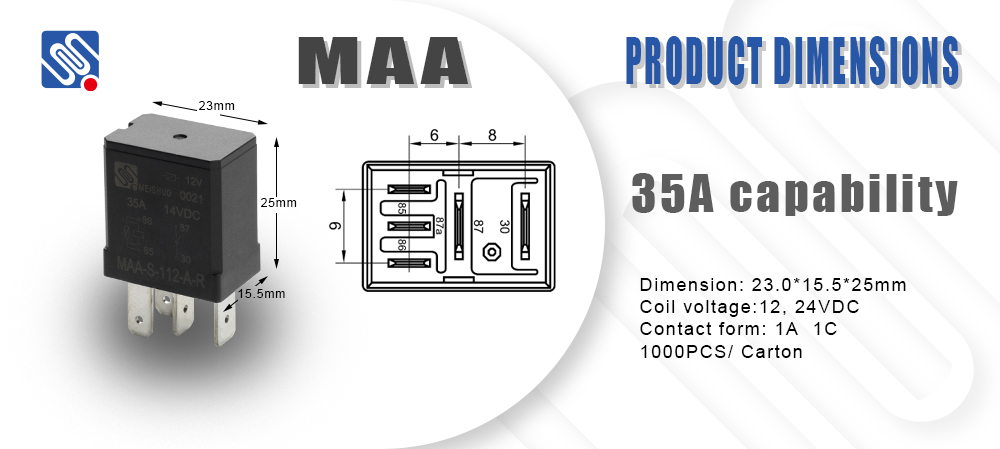understanding relay electrical diagrams: an insight into meishuo's innovation
Release time:2025-10-24 23:01:23
Relays are fundamental components used in electrical circuits for switching applications. Their ability to open or close contacts in response to an electrical signal allows them to control a variety of systems, from simple household appliances to complex industrial machinery. In this article, we will explore the intricacies of relay electrical diagrams and highlight how Meishuo, a leading brand in electrical technology, has revolutionized relay systems with its innovative approach.

What is a Relay?
A relay is an electrically operated switch that uses an electromagnet to control the opening or closing of contacts. When a current flows through the relay's coil, it generates a magnetic field that attracts a movable armature, either opening or closing the contacts connected to it. This action allows the relay to control a higher power circuit with a lower power signal, which is ideal for various automation and protection tasks.
Relays can be categorized based on their application, such as electromechanical relays, solid-state relays, and thermal relays. Each type has its distinct features suited for specific environments and functions. For instance, electromechanical relays are often used in low- to medium-power applications, while solid-state relays are employed in situations requiring rapid switching without physical contact.

